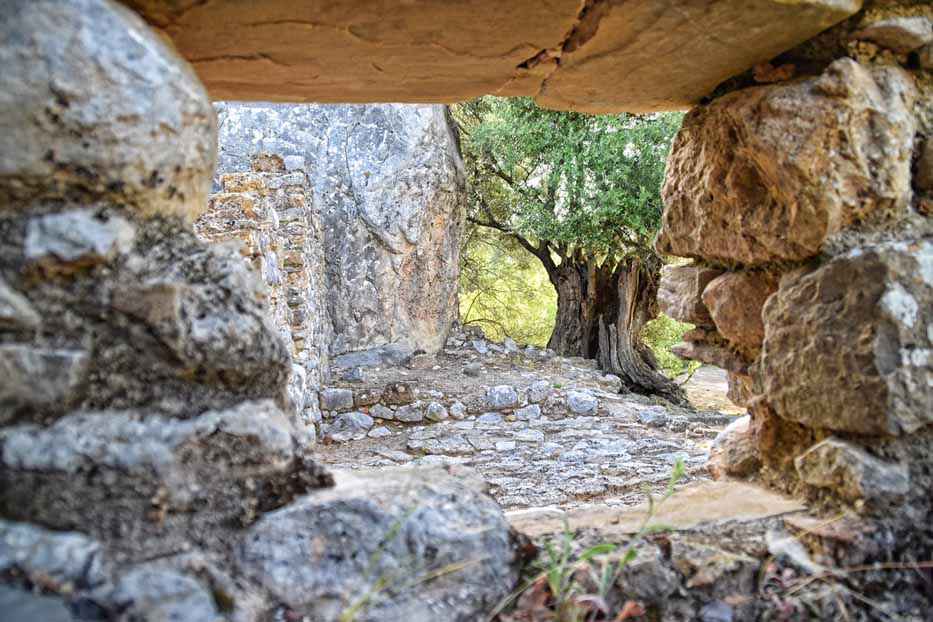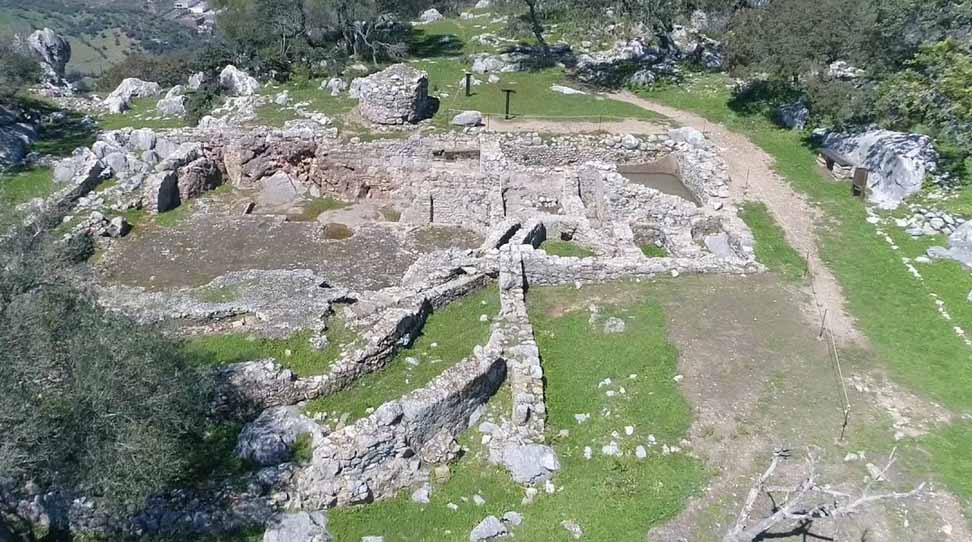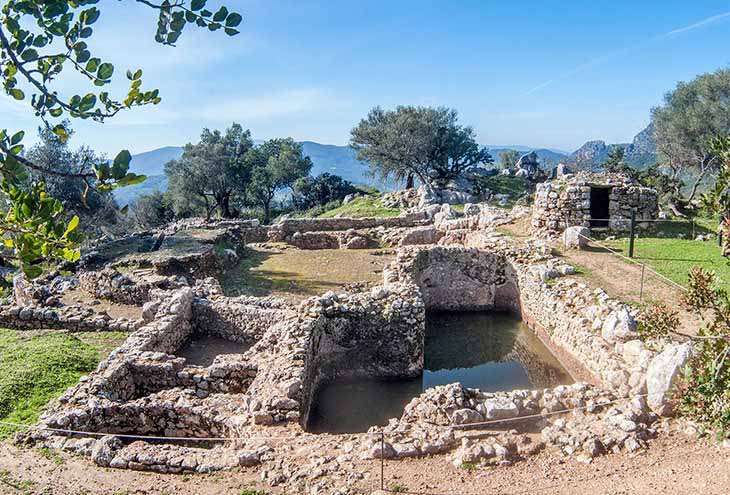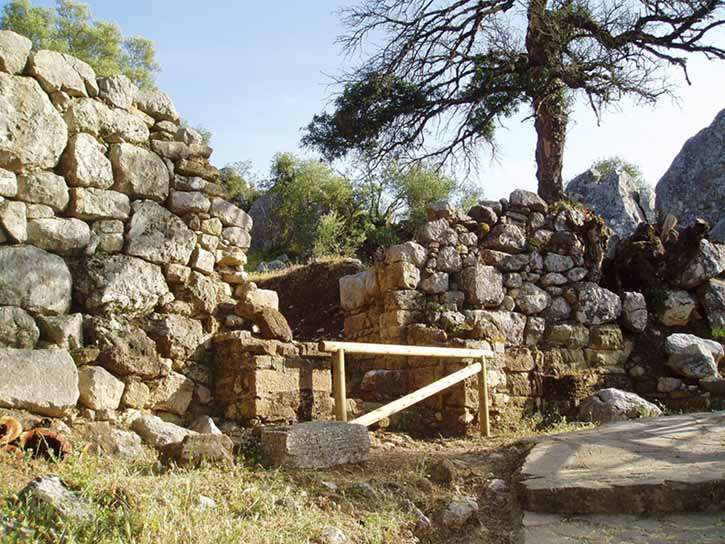ROMAN CITY OF OCURI: Roman ruins in Spain
The Roman city of Ocuri (known as Ocurris) is a site of great archaeological and historical value. It is located in the Salto de la Mora, a limestone hill one kilometer from the town center of Ubrique and within the Sierra de Grazalema Natural Park, allowing visitors to enjoy the landscape of this area of the Sierra de Cádiz.
Its strategic position, high and fortified by its walls, along with its size, indicate that it must have been a pre-Roman and Roman municipality of great importance. This is further evidenced by the monumentality of the archaeological remains it preserves, such as the mausoleum, unparalleled in Andalusia, and the thermal baths, which are the only ones found in the Sierra de Cádiz to date.
The discovery of this important archaeological site took place in the late 18th century thanks to the intuition of a local resident named Juan Vegazo, who bought the land to investigate if the remains visible on that hill could be compared to those of Pompeii itself.
While recent research has traced its origins back to at least the 6th century BC, the vast majority of the emerged remains belong to the Roman period of the city, with a peak period of splendor in the 2nd century AD.
Today, more than two hundred years after Juan Vegazo decided to uncover what the passage of time had hidden, Ocuri is the most important archaeological site in the Sierra de Cádiz.
Access to the site is only possible through guided tours during established time slots for the protection of the Historical and Natural Heritage. Feel free to check their schedules and rates (https://www.yacimientodeocuri.es/horarios-y-tarifas/).
During the visit, you can see remains of the Wall’s architecture, as well as a monumental building such as the Mausoleum, the layout of the Roman Baths, architectural remains of houses, water cisterns for storage, part of an ancient road, and architectural remains of the Roman Forum.
Characteristics of the remains of the Roman city of Ocuri
Outside the city walls, following Roman sanitary laws, you can find the necropolis and its most important monument: the mausoleum, unparalleled in Andalusia. Inside, a series of niches housed urns containing the ashes of the deceased, as well as offerings from relatives and possibly statues.
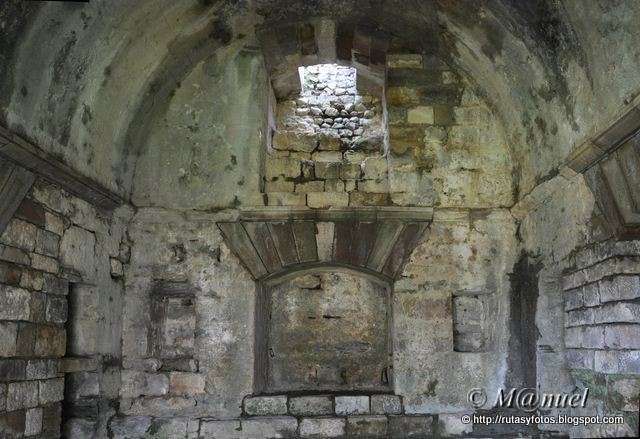
Next, the cyclopean wall of Iberian origin stands out, modified several times, with preserved sections made “dry” (without mortar) and others with molded ashlars that could be from the Carthaginian era. In the 1st or 2nd century AD, the entrance was modified to give it a monumental character.
Behind the wall, you can see different architectural remains such as several large capacity cisterns, the forum with some “tabernas,” remains of houses and public buildings, and, above all, in the upper area, impressive «thermae». The Roman City of Ocuri must have been integrated, during the high imperial period, into the “coventus iuridicus gaditanus,” an administrative organization belonging to the imperial province of “Bética.”

